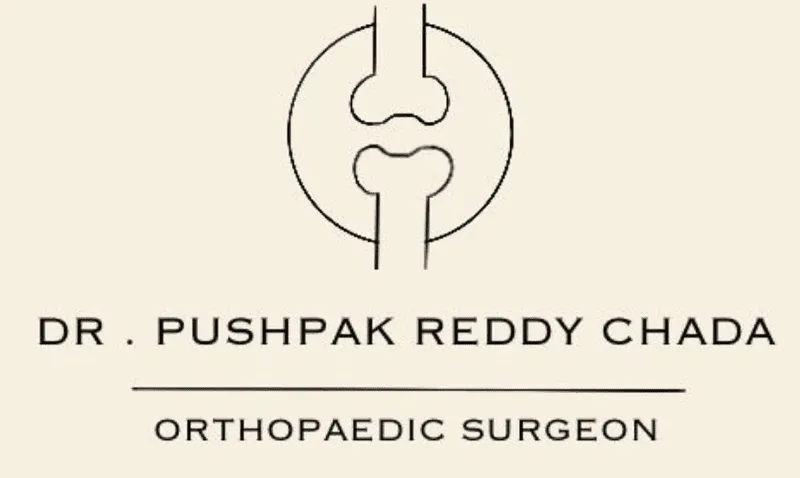The narrowing of the spinal canal, the central pathway for the spinal cord. This constriction can press on the spinal cord and nerve roots, causing symptoms like pain radiating to the buttocks or limbs, numbness or tingling, muscle weakness, difficulty walking, and in severe cases, potential bowel, or bladder dysfunction.
Types
- Central stenosis: Narrowing of the central canal where the spinal cord travels.
- Lateral stenosis: The narrowing of the passageways on the sides of the vertebrae through which nerve roots emerge from the spinal canal.
Causes
Spinal stenosis can develop due to ageing-related wear and tear, herniated discs, bone overgrowth from arthritis, or congenital factors like a smaller spinal canal size from birth.
Diagnosis
- Medical history and physical examination
- X-rays, MRI scans, or CT scans can visualize the narrowing of the spinal canal.
- Electrodiagnostic tests: Electromyography (EMG) or nerve conduction studies conducted to evaluate nerve function and detect if any abnormalities.
Treatment
Treatment for spinal stenosis typically starts with conservative approaches to ease symptoms. Epidural steroid injections can also reduce inflammation and pain. If these methods don't work or if symptoms are severe, surgery like decompression laminectomy or spinal fusion may be needed.
Prevention
While spinal stenosis cannot always be prevented, maintaining a healthy weight, practicing good posture, and staying physically active helps to lowers the risk of developing degenerative changes in the spine.
Spinal stenosis leads to narrowing of the spinal canal, leading to symptoms like pain and weakness. Treatment includes conservative methods, injections, or surgery. Without treatment, symptoms can worsen, resulting in permanent nerve damage and reduced quality of life. Early diagnosis and intervention are essential for symptom relief and improved outcomes.



